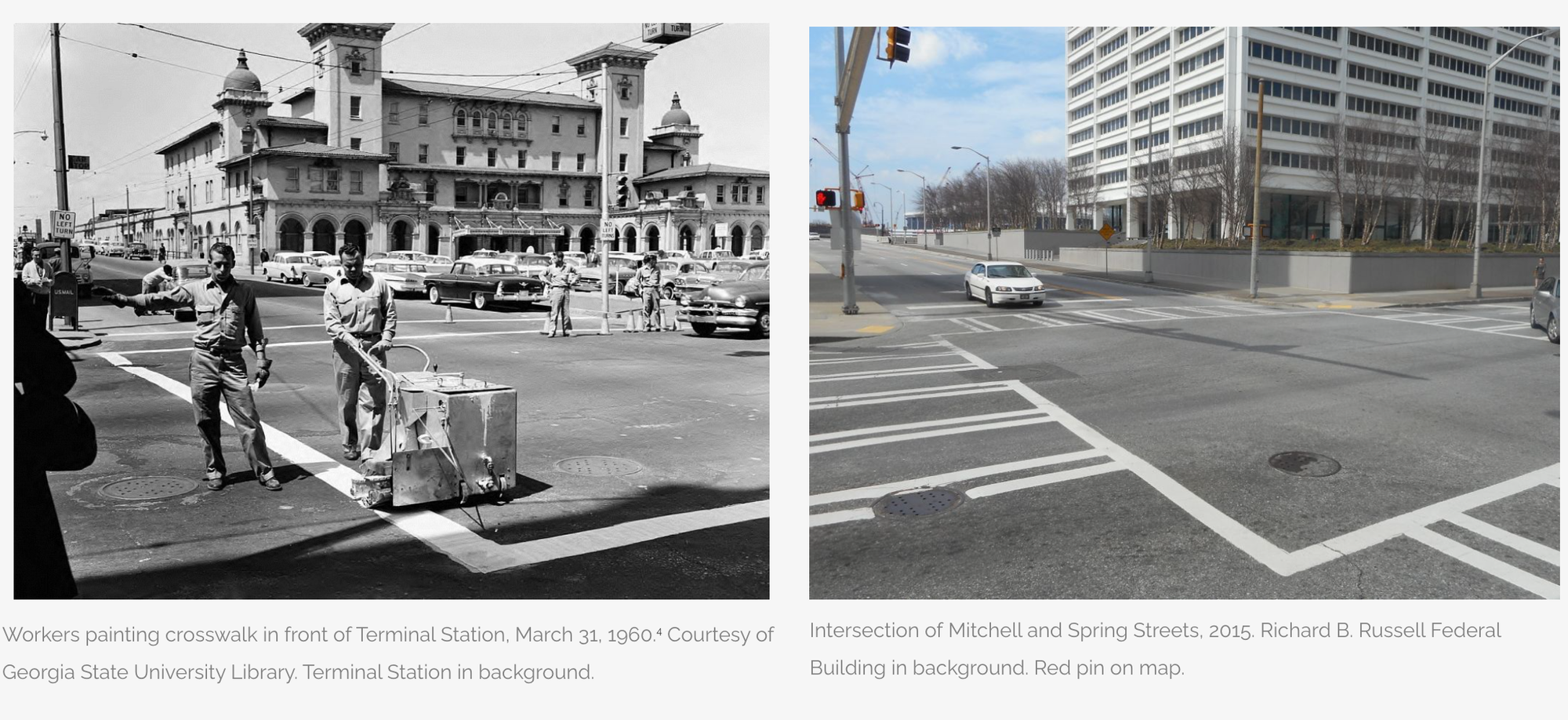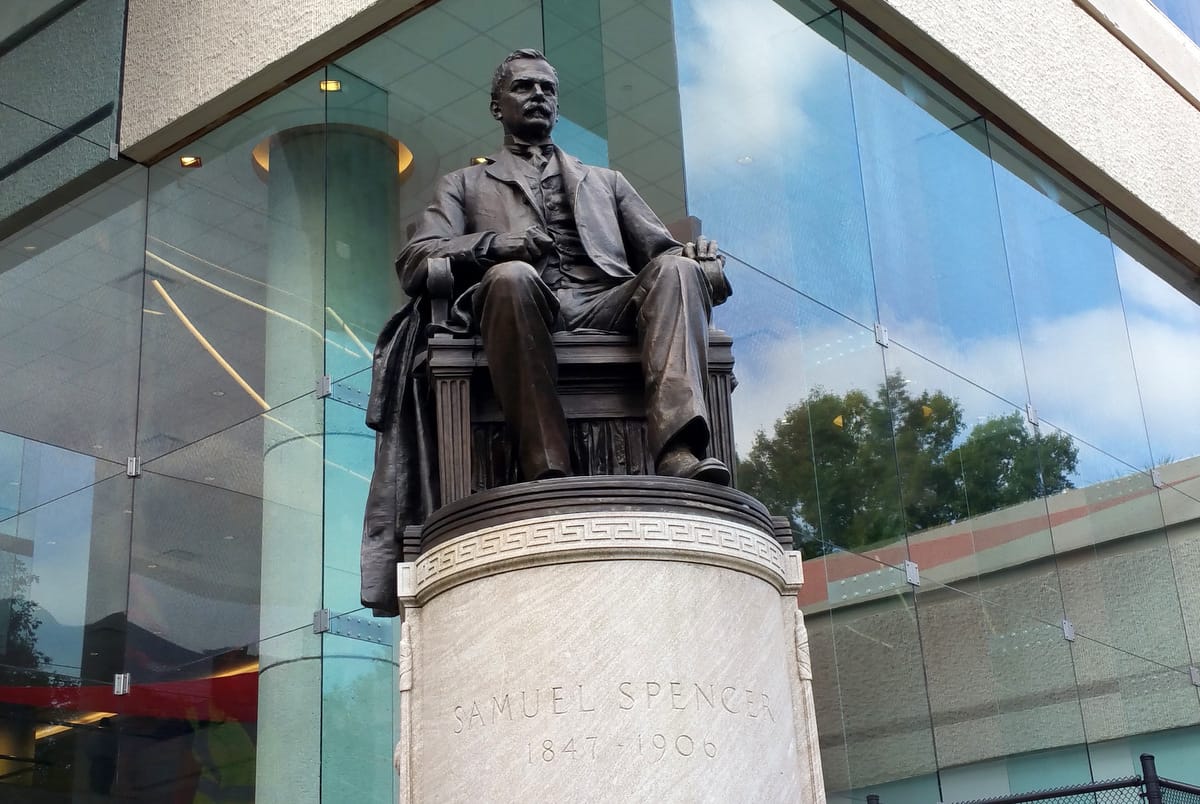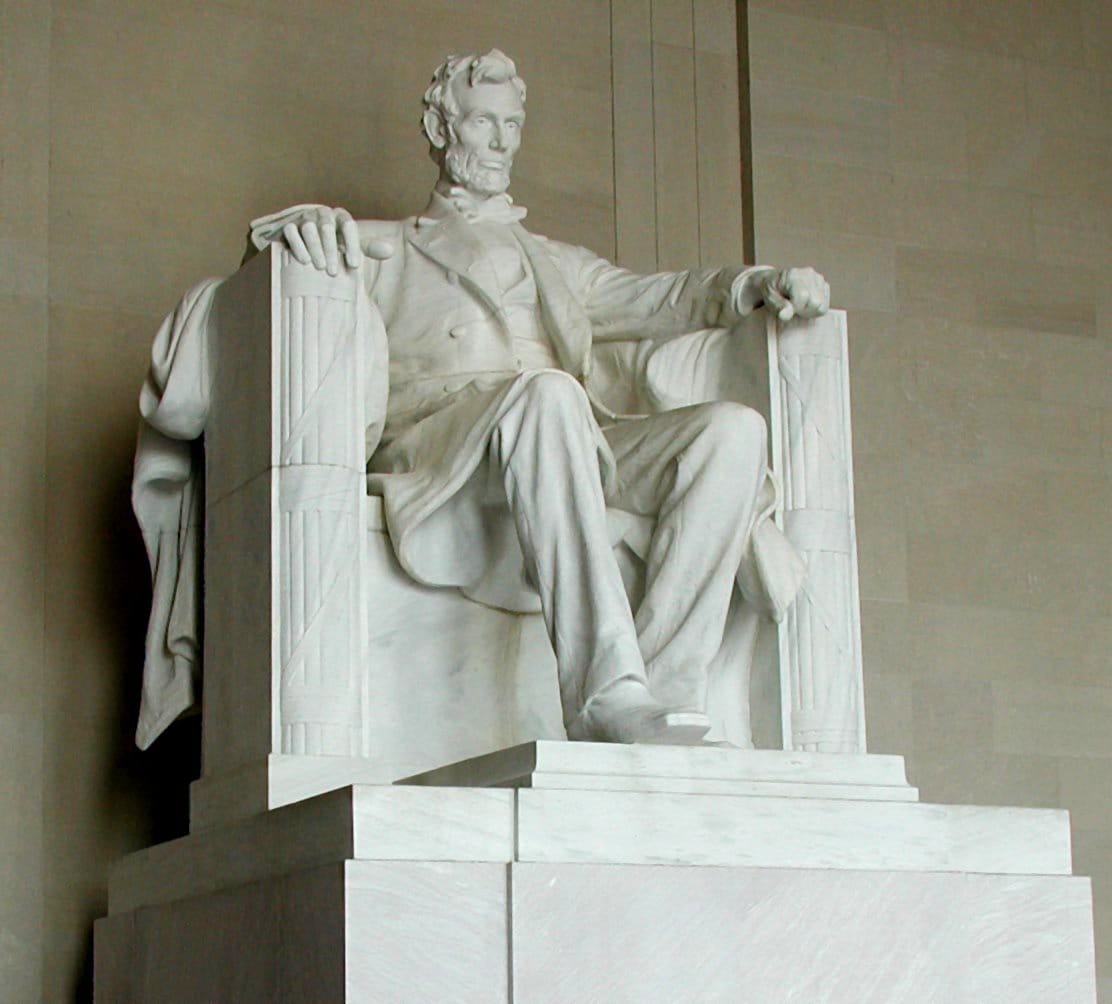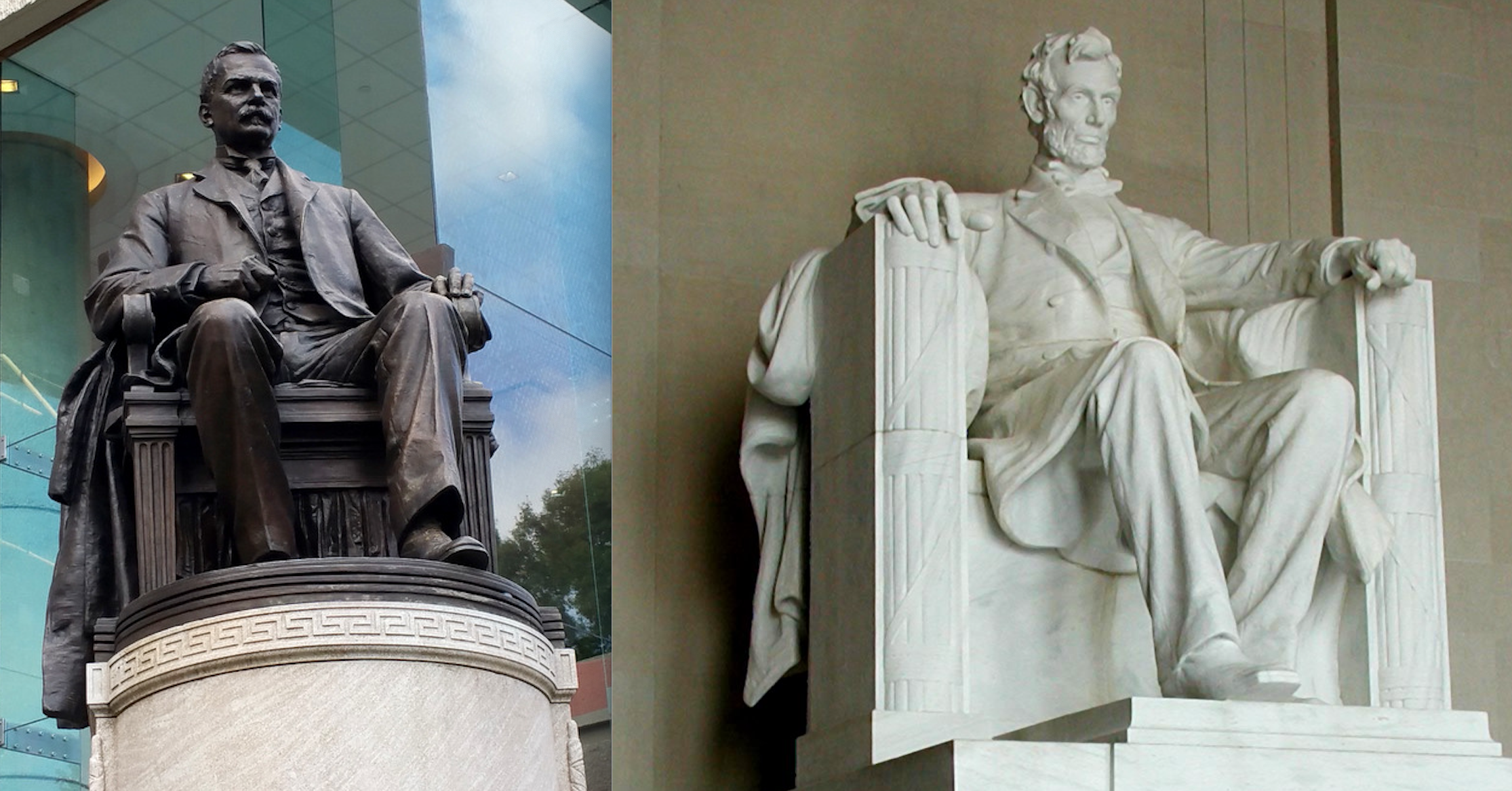When we turned seven years old in the Birdsong household, my maternal grandfather, who lived in Philadelphia, would take each grandkid to Washington D.C. for a weekend. It was a rite of passage for my brothers, cousins, and me. We’d take the train from Philadelphia to Washington D.C. on Friday and arrive for a weekend visiting buildings we didn’t quite understand nor the historic figures behind them. However, it’s an age where the sheer magnitude and beauty of these buildings told us the people in them were important.
The year I went was 1992. We visited the Capitol, White House, museums, and monuments. The one I remember most, as do my brothers and cousins, is The Lincoln Memorial. We’d walk up the stairs of the Memorial and experience the enclaved beauty. What made this moment memorable: as we were 7 year old’s hop-scotching around The Lincoln Memorial, my grandfather would start reading the inscriptions inside the memorial. I remember tugging at his leg to leave and noticed tears coming down his eyes as he read the Gettysburg Address. All my brothers and cousins had similar experiences when they went to the Lincoln Memorial that still resonate today.
Why does this matter? We are four months into dedicating ourselves to ensure Atlanta’s historic South Downtown neighborhood maintains the momentum it produced over the last seven years. We’ve been swimming in history and stories from buildings and people before us. Every building and parcel has a generational story. Entrepreneurs who started the oldest public company in Georgia to the first African American lawyer in Atlanta all honed their craft in buildings or parcels now under our responsibility. Historical discoveries to us seem to be uncovered every time we put our Newspapers.com subscription to work; we find more threads that weave to the uniqueness and importance of the neighborhood.
In 1905 Atlanta’s Terminal Station was resurrected as the seminal station of Atlanta.

Five years after the station opened, a bronze statue of Samuel Spencer, the first President of Southern Railway – which is now Norfolk Southern Railway, was revealed to the world. Saporta Reporta’s Lance Russell describes the statue as “what may very well be very well be the city’s most public treasured art.” The statue remained at Terminal Station until the station was torn down in 1972, with the Richard B. Russell Federal building constructed years later. If you’re wondering, the Terminal Station was torn amidst financial woes and years of up-keep.

Combing through the statue’s long history in newspaper clippings is a fascinating exercise. On the morning of Thanksgiving 1906, Samuel Spencer and several other passengers were killed in a railroad accident. Their train car became detached and another train collided into it. The news was front page. Spencer was so revered by Southern Railway employees, approximately all 30,000 of them, taxed their pay $1 to sponsor a monument in memory of the company’s first President.
Four years later, the statue was erected in South Downtown at the Terminal Station in May of 1910.
Decades passed and approximately every twenty years, there would be an article about the statue in the Atlanta Journal which provides even more context to how we interpret history. For example, there was a Letter to the Editor published in 1942 who ended his piece:
Upon his passing three extra newspaper editions were gotten out and the whole country paid tribute to the thrift and genius of a great railroad builder. The workers of the Southern taxed themselves $1 and built the great monument of Samuel Spencer out there among the green tree cluster before the Terminal Station, where his likeness and form keeps the vigil of the great tramways and steam railways that teem into Atlanta.
-WALTER BROWN. Retired Pullman Porter.
In the 1950’s there was a long article about one of the Southern Railway employees, then in his 90’s who was on the train when the crash happened nearly 50 years before.
In the 1970’s another writer reminisced on Presidents who were welcomed by the statue
"It is most appropriate that his statue while reared by the contributions of 30,000 employees of the Southern Railway System, should stand on the plaza in front of the Terminal Station, for there in the very core and center of the city's heart it can not fail to remind both the home people and the visitor of what this man wrought for the New South."
For 60 years the statue has seen the coming and going of a multitude of travelers from far and wide, among them vice president elect and governor of Massachusetts, Calvin Coolidge, who came to Atlanta in -early 1921, and President and Mrs. Warren G. Harding, who paid a visit here later the same year.
The statue moved from South Downtown to the Amtrak station in Brookwood Hills off Peachtree in the 70’s, to the pocket park across from Truist’s HQ in the 90’s, to the new Norfolk Southern HQ in midtown in the 2010’s.
What makes this statue so important today?
If you look at the Samuel Spencer statue, you’ll notice a very similar pose. The sculptor Daniel Chester French, designer Henry Bacon, along with the Piccirilli Brothers built Atlanta’s most historic statue unveiled in 1910.

The next big project all of these artists collaborated on: The Lincoln Memorial.

Chrissy Marlowe, an art historian was quoted as saying in a 1996 AJC article: ‘Structurally, he (the statue) is in good shape. We’re lucky because it’s Atlanta’s most important work of public art. That’s because French did it.”
As you can tell in the Lance Russell video below, the statue of Samuel Spencer was clearly a practice round – or even pre-season ball – before their finest work; a piece of artwork that brings goosebumps to 7 a year old and still makes grown men cry.
Today, the Samuel Spencer statue resides at the Atlanta History Center.

